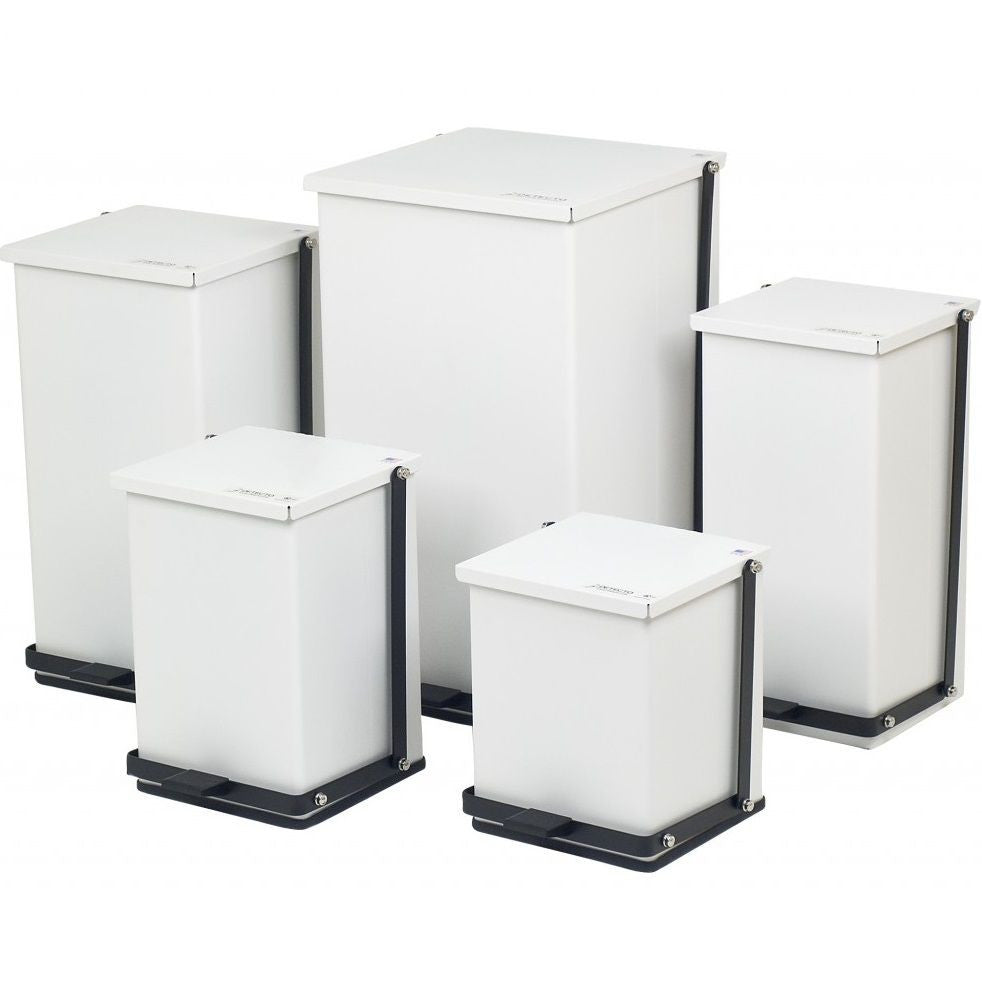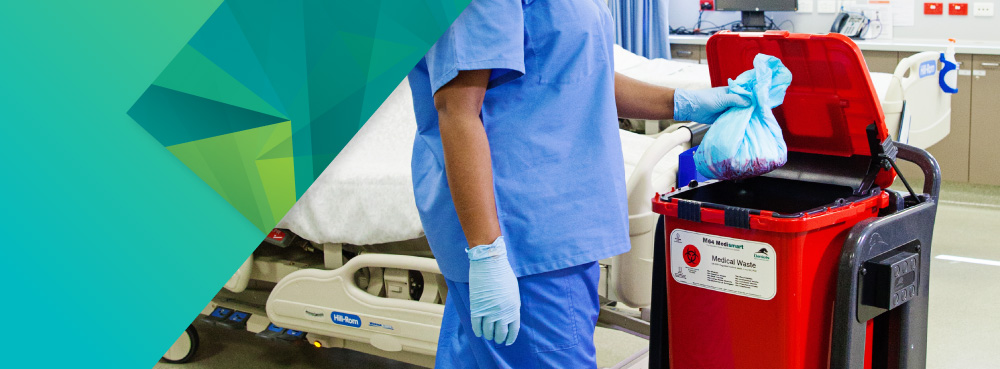Safety First: Your Overview to Liable Medical Waste Removal Services
Safety First: Your Overview to Liable Medical Waste Removal Services
Blog Article
Keep Ahead of Laws: Expert Recommendations on Medical Garbage Disposal
In a world where the health care market is constantly developing, it is important for clinical centers to stay ahead of guidelines when it involves the appropriate disposal of clinical waste. With strict standards and regular governing changes, it can be challenging to navigate the complexities of this procedure. With skilled guidance, centers can make certain conformity and mitigate risks linked with improper waste disposal. From recognizing the various groups of clinical waste to implementing the right collection and partition methods, this discussion will supply actionable suggestions and important insights to aid centers stay ahead of laws in the ever-changing landscape of clinical garbage disposal.
Recognizing Medical Waste Categories
Understanding clinical waste classifications is vital for proper disposal and administration in healthcare centers. Medical waste describes any type of waste generated by medical care activities that might posture a danger to public health and wellness or the setting. It is crucial to categorize clinical waste precisely to ensure its risk-free handling, therapy, transport, and disposal.
There are several categories of medical waste that healthcare centers need to be knowledgeable about. One of the most common classifications consist of contagious waste, pathological waste, sharps waste, pharmaceutical waste, and chemical waste. Each group has specific guidelines and guidelines for its correct management and disposal.
Pathological waste refers to human cells, body organs, or body components that need unique handling and disposal. Pharmaceutical waste makes up ended, unused, or polluted medications that need cautious handling and disposal.
Remaining Up-To-Date With Regulatory Adjustments
Remaining current with regulative adjustments is essential for health care centers to ensure compliance and appropriate monitoring of clinical garbage disposal. medical waste removal. With regulations continuously developing, it is crucial for health care centers to remain updated to prevent penalties, penalties, and potential damage to the atmosphere and public health and wellness
To stay in advance of regulative changes, healthcare facilities ought to establish a system for tracking and tracking updates. This can be done by subscribing to regulatory e-newsletters, going to conferences and workshops, and proactively taking part in sector organizations. Additionally, centers ought to designate a team member or team accountable for staying informed and sharing information to relevant stakeholders.
Normal communication with regulatory agencies is also essential. Health care facilities ought to develop connections with regional, state, and federal firms to guarantee they understand any type of modifications in laws that might impact their waste monitoring practices. This can be done with regular meetings, engagement in public remark periods, and positive involvement with regulatory companies.
In addition, medical care facilities must consider partnering with waste monitoring business that specialize in clinical waste disposal (medical waste disposal services with WasteX). These firms are frequently skilled in the most recent regulations and can supply guidance and assistance to ensure conformity
Implementing Correct Collection and Segregation Approaches
To successfully take care of medical garbage disposal, healthcare centers should develop correct collection and partition methods in conformity with regulatory standards. Applying these techniques makes certain the safe handling and disposal of potentially dangerous materials, secures the setting, and lessens the risk of injuries and infections to medical care employees and the public.
Proper collection and segregation methods include making use of designated containers and identifying systems. Health care facilities ought to give plainly classified containers for various kinds of medical waste, such as sharps, infectious waste, pharmaceutical waste, and non-hazardous waste. These containers need to be color-coded and plainly significant to stay clear of complication and promote very easy recognition.
Furthermore, healthcare centers need to educate their staff on the correct treatments for gathering and segregating clinical waste. This consists of informing them on the different kinds of waste, the appropriate containers to make use of, and the importance of adhering to regulations and standards. Routine training sessions and correspondence course visit this web-site should be performed to make sure that team member stay current on finest practices.
In addition, health care facilities must establish a system for normal collection and disposal of medical waste. This might include partnering with licensed waste administration business that specialize in clinical waste disposal. These firms will make certain that the gathered waste is transferred and dealt with in conformity with regulatory needs.
Selecting the Right Disposal Approaches

Incineration is one of one of the most common and reliable techniques for taking care of specific sorts of medical waste, such as pathological waste and sharps. It includes the controlled combustion of waste at heats, reducing it to ash. Incineration can release dangerous toxins right into the air and add to air contamination.

Other disposal techniques include chemical therapy, microwave therapy, and landfilling. Chemical therapy includes the use of chemicals to decontaminate and reduce the effects of the waste. Microwave treatment makes use of microwave energy to warmth More hints and sanitize the waste. Landfilling involves hiding the waste in an assigned land fill location (medical waste disposal services with WasteX). However, landfilling must be the last hotel due to the possible threat of contamination to soil and groundwater.
Making Certain Compliance With Documents and Training
After carefully considering the proper disposal approaches for clinical waste, healthcare facilities should guarantee compliance with guidelines and lessen ecological effect by applying reliable documents and training treatments. This step is essential in maintaining a sustainable and risk-free atmosphere for both health care workers and the basic public.

Medical care workers who handle medical waste ought to get suitable training on waste segregation, managing, and disposal treatments. By providing thorough training, medical care centers can encourage their team to make informed choices and decrease the threat of inappropriate waste disposal.
Verdict
Finally, remaining in advance of guidelines in medical waste disposal is important for health care facilities. medical waste removal services. Comprehending the different classifications of medical waste, remaining upgraded with regulative modifications, executing proper collection and partition approaches, selecting the proper disposal techniques, and guaranteeing compliance via paperwork and training are all vital steps. By following these standards, health care organizations can effectively take care of and get rid of of clinical waste in a risk-free and responsible manner
From recognizing the various groups of clinical waste to carrying out the best collection and partition approaches, this discussion will certainly provide beneficial understandings and workable ideas to help centers stay in advance of regulations in the ever-changing landscape of clinical waste disposal. - medical waste disposal services with WasteX
The most usual categories include contagious waste, pathological waste, sharps waste, pharmaceutical waste, and chemical waste. Medical care centers should offer plainly classified containers for various kinds of medical waste, such as sharps, infectious waste, pharmaceutical waste, and non-hazardous waste. Health care facilities must develop a thorough system to record and track all elements of medical waste disposal, consisting of kinds of waste created, quantities, and disposal methods used. Health care workers that home manage clinical waste should receive proper training on waste partition, managing, and disposal procedures.
Report this page